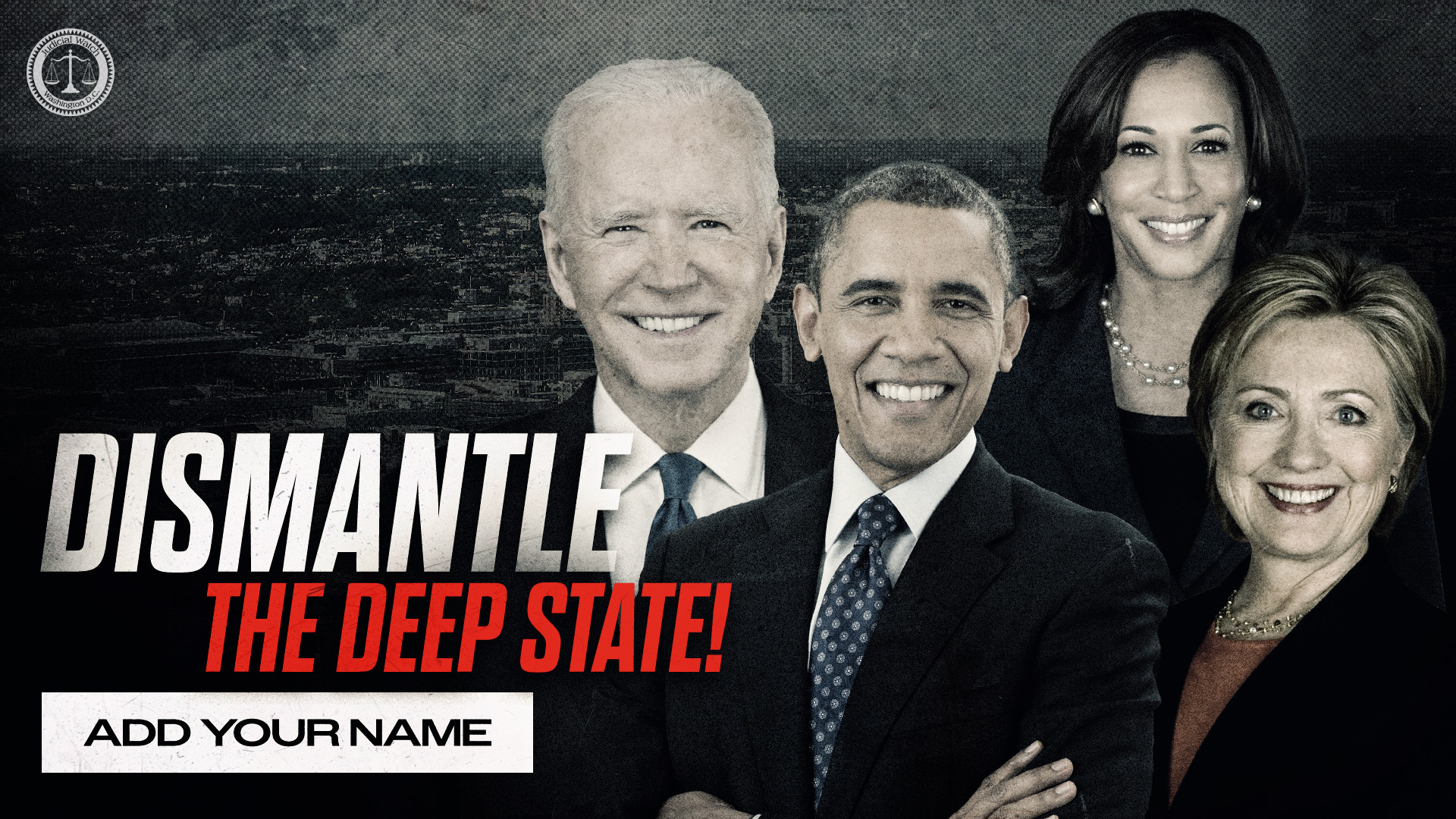
$70 Mil in Stimulus Grants to Build Unneeded, Empty Jails
Yet another case of government waste has surfaced, this one involving two huge prisons that sit mostly empty because there was never a need for them in the first place and now there’s not enough money to operate them.
It would be a comical tale if it didn’t fleece American taxpayers out of a whopping $70.3 million. The two new tribal jails were built by the Navajo Nation in Arizona with economic stimulus grants and there were all sorts of problems with the projects from the start, according to a federal audit. Besides the fact that there was never really a demand for the compounds, the projects incurred $656,921 in “unsupported costs” (code for fraud) and $2,554,924 in “unallowable costs” (code for bigtime fraud), the audit found. The two facilities should have cost less than $40 million to build, which means someone pocketed a chunk of change.
The Department of Justice (DOJ) was responsible for overseeing the projects, but the agency failed to do its job, according to the probe which was conducted by the DOJ Inspector General. The Navajo Nation didn’t provide much oversight either, investigators found, and around half of the allocated funds were improperly spent on the “excessive” and “larger than planned” size of the unnecessary jails. “The excessive size of both facilities creates increased costs for operations and maintenance staff— costs that are mostly funded by the Interior Department’s Bureau of Indian Affairs,” the DOJ IG writes in its report.
One of the new tribal prisons, in Tuba City, Arizona, was supposed to have 48 beds, but has enough room for 132 inmates. The other facility, in Kayente, Arizona, was only scheduled to accommodate 32 beds and instead has 80. There has never been a need for that much jail space in either area, according to the probe. The average monthly jail occupancy for Tuba City from 2008 through 2014 was between 14 and 22 inmates, the DOJ IG writes. Kayenta’s average occupancy during the same period was between seven and 11 inmates.
Not only are the new compounds too big, now the federal agency that’s supposed to run them, the Interior Department’s Bureau of Indian Affairs, can’t even afford to operate them. This may sound like a joke, but it’s not. The agency can afford only 40% of the staffing for prisons the size of these two new boondoggles. It can only pay for 25 of the 63 full-time correction officers necessary to staff the Tuba City prison and just 20 of the 51 officers required to run the Kayenta jail. The Tuba City prison is only at 18% capacity and Kayenta hasn’t officially opened yet and, at this rate, may never house a single inmate.
The Navajo Nation is the country’s biggest and most populous Indian reservation with around a quarter of a million members. It extends into Utah, Arizona and New Mexico and covers 27,000 square miles. Navajoland has a sophisticated form of American Indian government with a council that includes 88 delegates representing 110 Navajo Nation chapters. Last year the Obama administration paid the tribe $554 million to resolve a lawsuit claiming that the federal government mismanaged its funds and natural resources for decades.
The Navajos claimed that the feds failed to manage, invest and account for tribal money and resources associated with millions of acres of trust lands, which are leased for mineral development, timber harvesting, farming, mining and grazing, among other purposes. The historic settlement was part of President Obama’s promise to strengthen ties between the U.S. government and the Navajo Nation. Then Attorney General Eric Holder said the case demonstrated the DOJ’s “firm commitment to strengthening our partnerships with tribal nations — so we can expand cooperation, empower sovereign tribes, and keep moving forward together with mutual respect and shared purpose.”
















